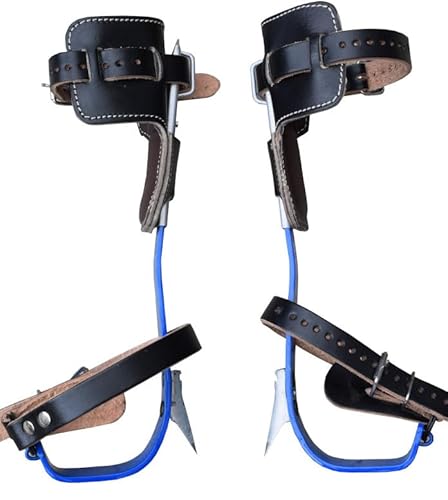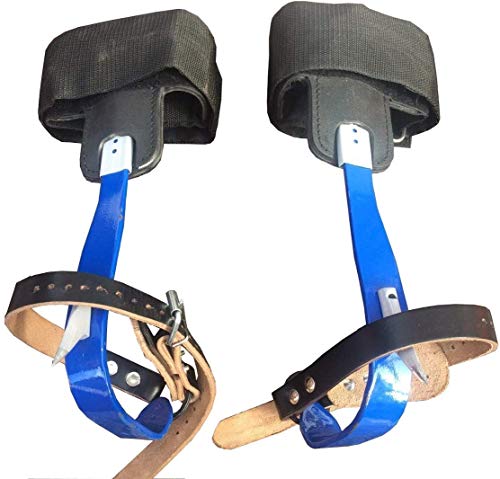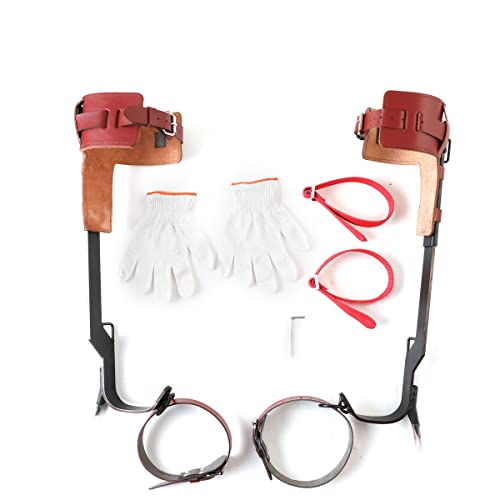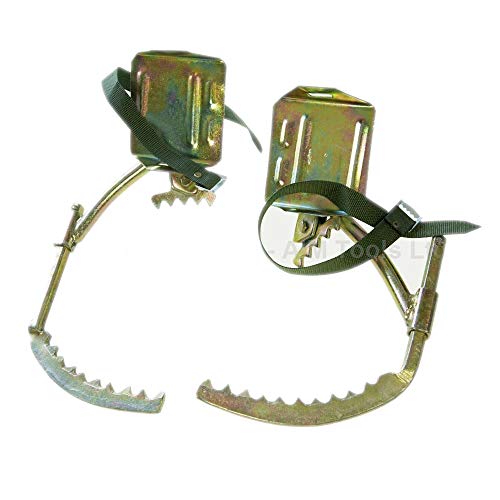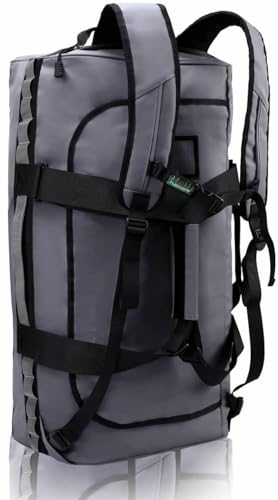Understanding Climbing Spike Trees: What They Are and How They Work
Defining Climbing Spike Trees
Climbing spike trees are specialised tools designed for tree climbers, providing essential support and grip when scaling trees. They consist of a sturdy base that can be securely anchored into the trunk and spikes or prongs that dig into the tree’s bark to assist with climbing. When we use climbing spike trees, we gain the ability to ascend heights with greater efficiency, making them popular among professionals in the arboriculture and forestry sectors as well as enthusiastic climbers.
How Climbing Spike Trees Operate
The effectiveness of a climbing spike tree lies in its combination of structural design and grip capability. When climbing, we position our feet on the footholds while our body weight is supported by the spikes that penetrate the bark. This unique interaction with the tree allows us to maintain balance and stability, giving us the confidence to move upwards or to reposition ourselves as needed. Understanding this basic functionality can help us make informed decisions when selecting a model that best suits our climbing style.
Key Features to Look for When Buying Climbing Spike Trees
Material and Durability
When choosing a climbing spike tree, the material significantly impacts its weight and durability. Opt for high-quality materials such as aluminium or reinforced steel, which offer a favourable balance between strength and lightweight construction. This is crucial as it ensures our climbing tools can withstand rigorous use without succumbing to wear.
Adjustability and Fit
Not all climbers have the same body type, which makes adjustability an important feature. We should look for climbing spike trees that offer adjustable straps or padding to custom fit our legs and feet, ensuring maximum comfort and efficiency while climbing. This adjustability also aids in preventing accidents caused by gear slipping during use.
Spike Design and Length
The spikes themselves are pivotal to the effectiveness of the climbing spike tree. Consider the design and length of the spikes—longer spikes may grip better but can also penetrate too deeply into softer bark, damaging the tree. We recommend choosing spikes that balance length and design for optimum performance in various tree species.
A Comparison of Top Climbing Spike Tree Models: Which One is Right for Us?
Popular Models Overview
As we explore the market, we find several top models that cater to different climbing needs. For example, the ‘Xtreme Climb’ model is known for its lightweight yet robust design, making it ideal for recreational climbers who value portability. On the other hand, the ‘ProTree Spike’ is favoured by professional arborists for its durability and advanced features tailored for prolonged use in demanding environments.
Evaluating User Preferences
Beyond features, user preference plays a critical role in selecting the right climbing spike tree. Some climbers prioritise weight and ease of transport, while others are more focused on stability and safety features. It’s vital for us to assess our specific climbing habits and environments to determine which model aligns best with our requirements.
Safety Considerations: Tips for Using Climbing Spike Trees Effectively
Proper Gear Inspection
We cannot overstate the importance of safety when using climbing spikes. Before each climb, we must thoroughly inspect our gear to ensure it’s in good condition—check for wear or damage on the tree spikes, straps, and any fastening elements. A well-maintained climbing spike tree is crucial for safe and successful tree climbing.
Correct Usage Techniques
Utilising correct climbing techniques is essential to prevent accidents. Always maintain three points of contact with the tree—two feet and one hand or vice versa— to maintain balance. It’s equally important to position ourselves correctly on the spike to maximise grip and prevent slips. Observing these techniques will enhance our overall safety during each climb.
Maintenance and Care: How to Prolong the Life of Your Climbing Spike Tree
Routine Cleaning Practices
Our climbing spike tree will benefit greatly from regular cleaning. After each climb, it’s instinctive to detach from the tree and pack away the gear, but taking an extra moment to clean the spikes and any fabric or strap components will help extend their lifespan. Avoid using harsh chemicals; warm soapy water is usually sufficient to remove dirt and sap.
Storing Properly
How we store our climbing spike trees also matters. Storing them in a cool, dry place, away from direct sunlight, helps prevent degradation of materials, especially if made with plastics or rubbers. Use a protective bag or case to prevent accidental damage during transit, ensuring our climbing gear remains in top condition for our next adventure.
